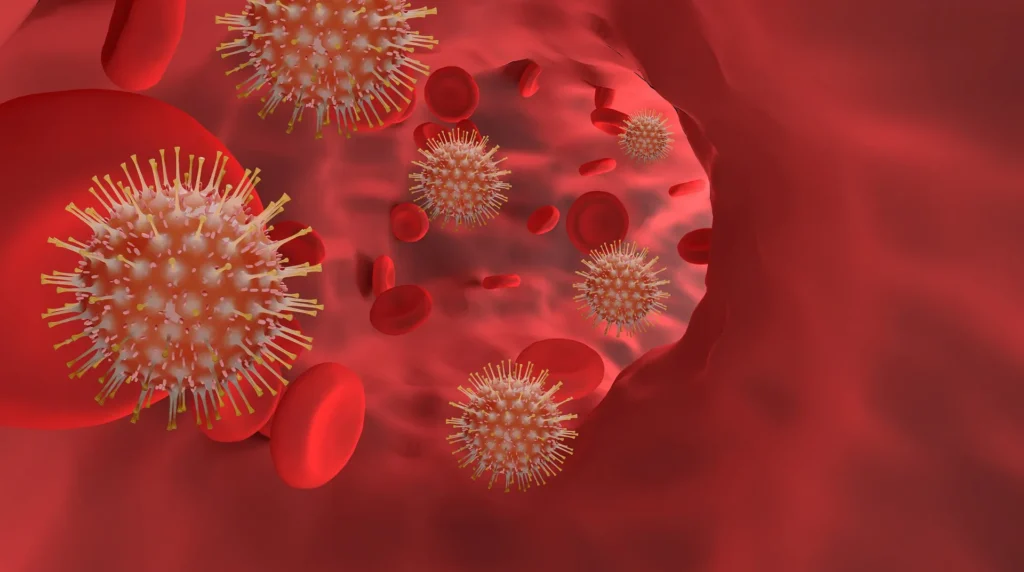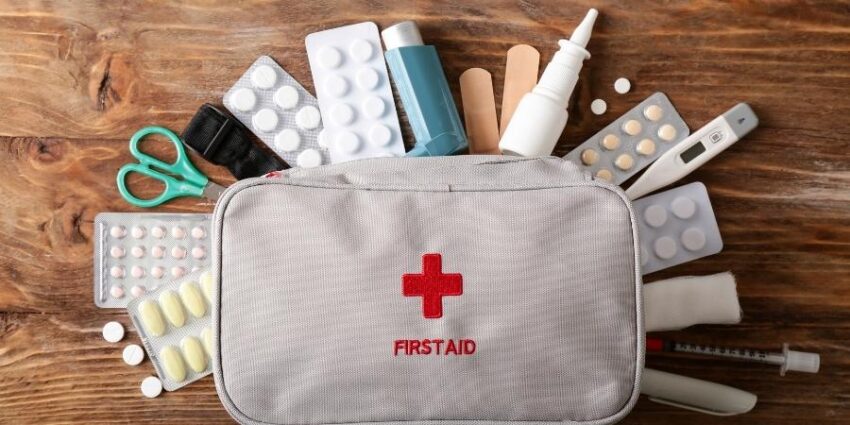When it comes to providing first aid, our primary concern is to alleviate immediate injuries and health concerns. However, it’s crucial to recognize that there can be hidden risks associated with administering first aid, particularly when it comes to the transmission of diseases. In this article, we will explore the key aspects of understanding disease risk in first aid and what you need to know to keep yourself and others safe.
1. Understanding Disease Transmission

Before diving into specific risks, it’s essential to grasp how diseases can be transmitted. Most infections can spread through direct contact with bodily fluids, such as blood, saliva, or respiratory droplets. They can also be transmitted through indirect contact with contaminated surfaces or objects. In the context of first aid, this means that you must be cautious when dealing with any bodily fluids.
2. Universal Precautions
To minimize the risk of disease transmission, healthcare professionals follow a set of guidelines known as Universal Precautions. These precautions involve treating all bodily fluids as potentially infectious. In an emergency medical care setting, you should always wear personal protective equipment (PPE) such as gloves, face masks, and eye protection when providing assistance to an injured person. If you’re interested in furthering your knowledge and skills in first aid, you can explore comprehensive training programs available at https://cprcertificationnow.com.
3. Bloodborne Pathogens

Bloodborne pathogens, such as HIV, hepatitis B, and hepatitis C, pose a significant risk during these situations involving bleeding. It’s crucial to know that these pathogens can survive outside the body for a limited time, so proper disinfection of surfaces and equipment is essential.
4. Respiratory Infections
Respiratory infections, including the flu and COVID-19, can be easily transmitted through respiratory droplets when an infected person coughs, sneezes, or talks. In emergency scenarios, maintaining a safe distance and wearing appropriate masks can help reduce the risk of transmission.
5. Skin Infections

Skin infections like MRSA (Methicillin-resistant Staphylococcus aureus) can also be a concern. These bacteria can survive on surfaces and can be transmitted through contact. Using gloves and thorough handwashing is essential when dealing with wounds and skin injuries.
6. Hepatitis A
Hepatitis A is another infectious disease that can be transmitted through contaminated surfaces or objects. Proper hygiene and sanitation are vital to prevent its spread, especially in emergency medical care settings where many individuals may come into contact with the same surfaces.
7. Reporting and Testing

If you are providing first aid and believe you may have been exposed to an infectious disease, it’s essential to report the incident and seek medical advice promptly. Testing may be necessary to determine if transmission occurred and to take appropriate precautions.
8. Education and Training
To ensure safety during emergency situations, it’s crucial to receive proper education and training. Courses in basic first aid often include information on disease risk and prevention. Staying informed about current infectious diseases and guidelines is also essential.
Conclusion
In conclusion, understanding disease risk in first aid is a fundamental aspect of providing effective assistance while keeping yourself and others safe. By following universal precautions, being aware of specific disease risks, and staying educated, you can contribute to better outcomes for those in need of first aid while minimizing the risk of disease transmission.

